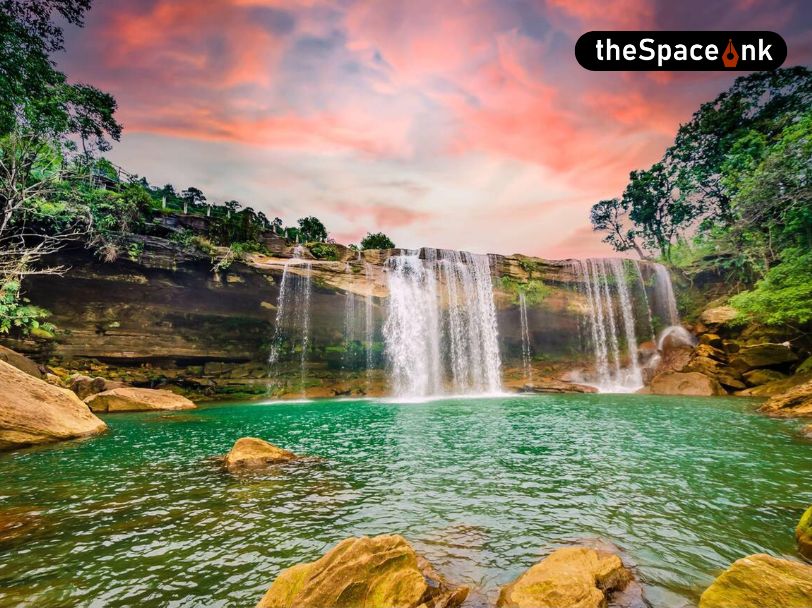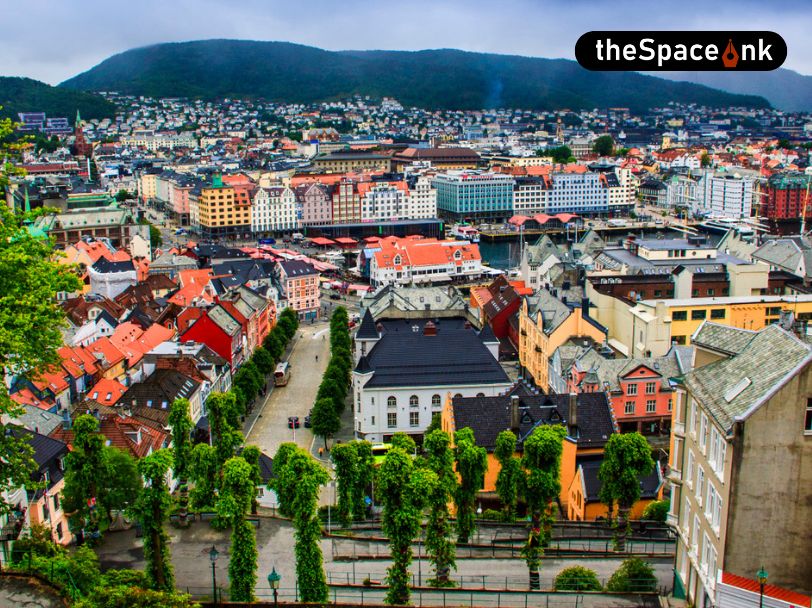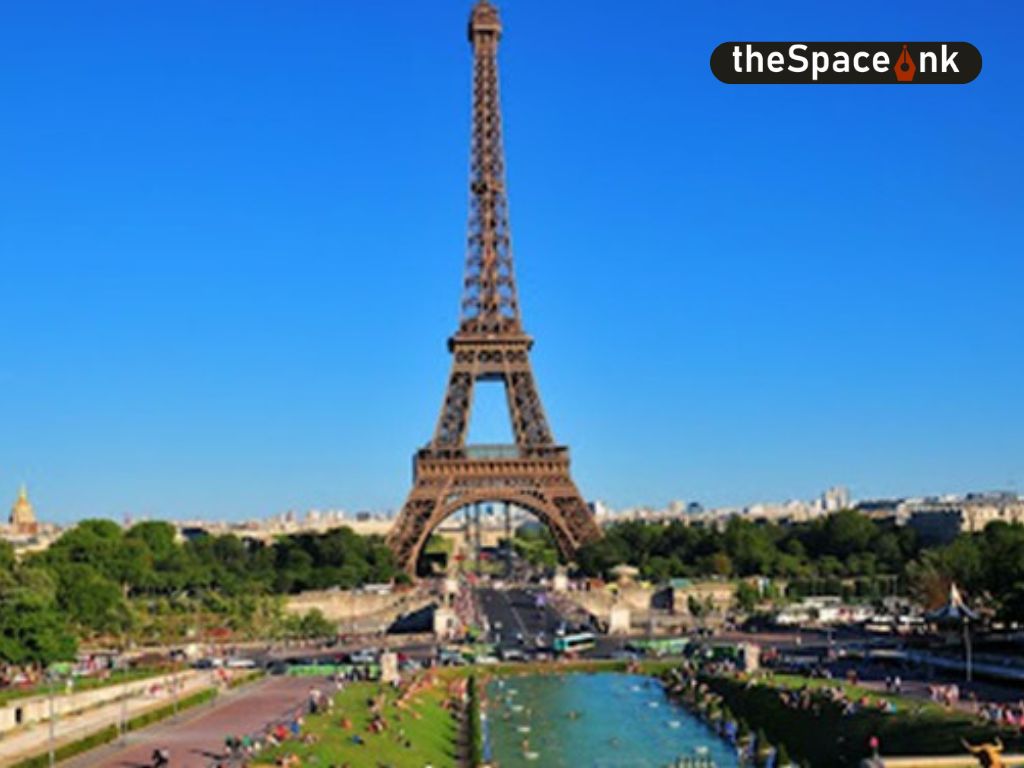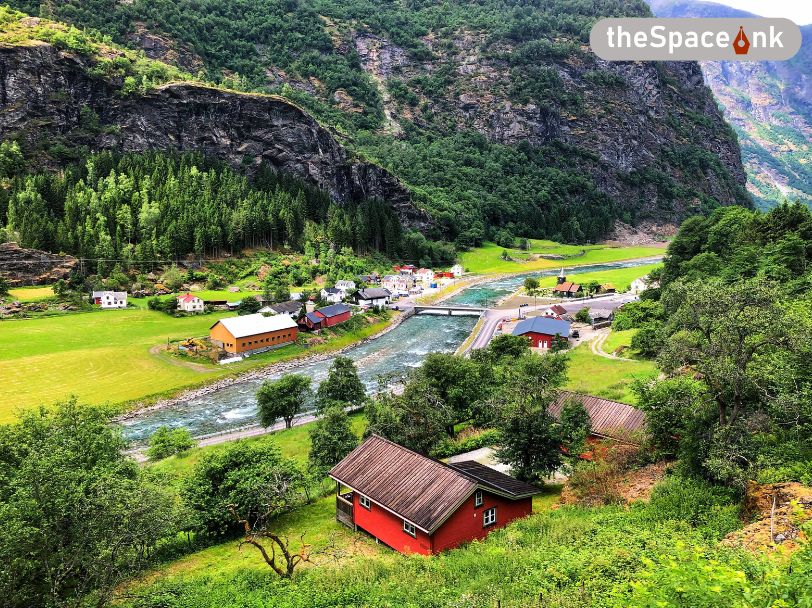Alongside the Château Frontenac, rests the sprawling walkaway on the edge of the cliff, Terrasse Dufferin. In Summer, this area welcomes the visitors with buskers, jugglers, musicians and amateur magicians. In winter, its snowy pavements become the ideal site for sledding and toboggan rides. It is worth mentioning here that toboggans were used by native aboriginals (called First Nations in Canada) as a mode of transport. Due to its long queue, unfortunately, we missed the chance to take a ride and experience the fun associated with it.
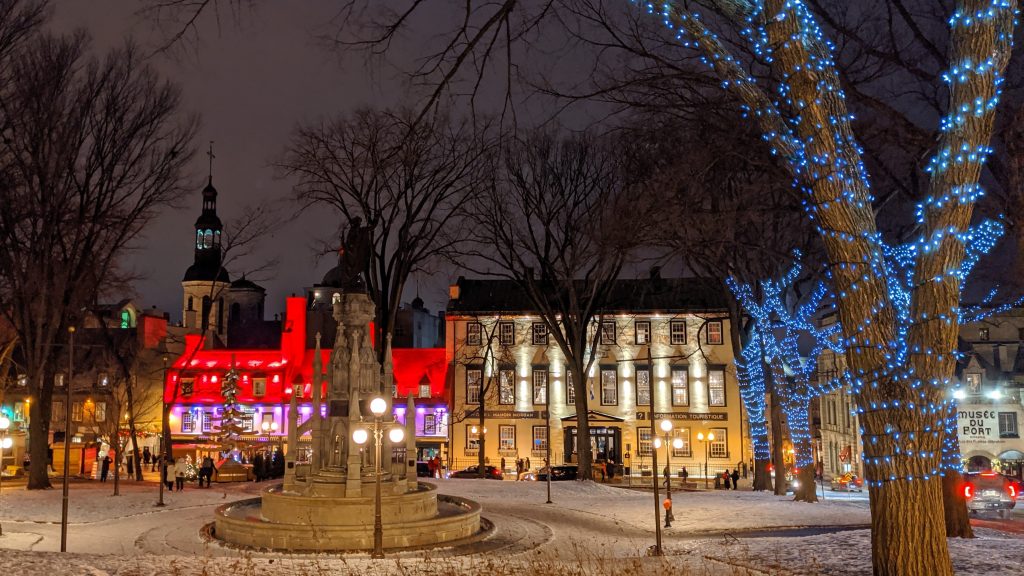
The Upper and Lower Towns of the Québec City are connected with numerous stairs such as the Escalier (literally meaning break-neck steps due to their steepness) and Funiculaire du Vieux, or simply Funicular, the inclined tram, operating since 1879. The Funicular offers a majestic panorama of the Québec city, and the city of Lévis, located on the opposite bank of the St. Lawrence. As a most sought-after ride in the city, the tram runs from Quartier Petit-Champlain in the lower town to Château Frontenac in the upper town, to relieve weary travelers from those lofty staircases. We lost no time in boarding this quaint trolley-tram and witnessed how Christmas had carefully crafted to make this snow-covered city a perfect ‘Winter Wonderland’!

The province is also educationally and culturally a very enriched one. Centuries old Université Laval, Université du Québec of Québec City, Université de Montréal, University of Concordia and McGill University of Montréal are some of the most prestigious and renowned educational institutions of the world. The Basilica of Sainte-Anne-de-Beaupré, Cathedrale Notre-Dame des Victoires, Musée de la Civilisation, Grande Allée are some of the world-famous attractions that attract guests from worldwide. Unfortunately, they were closed for winter and we missed the opportunity to witness their intricate architectural elegance, and priceless frescos.
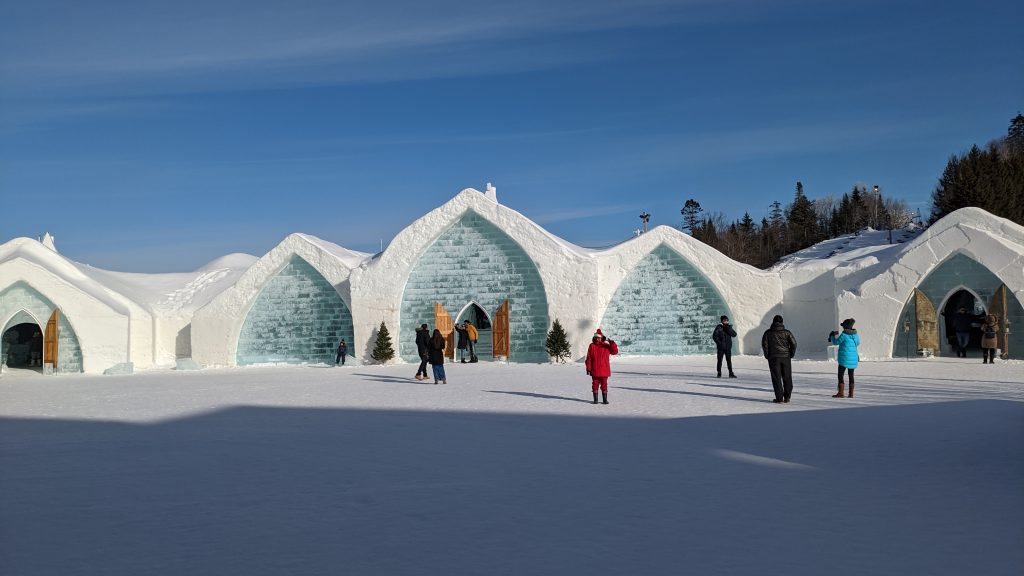
Next morning, on the ‘Boxing Day’, we headed for an exceptional attraction of the city, the Hôtel de Glace, or the Ice Hotel of the Village Vacances Valcartier Resort at the outskirts of Québec City. It is Canada’s first and the only hotel made of snow and ice in the entire North America that opens every year in winter from January to March. It is built every year in December and dismantled in April. It is an architectural marvel that uses snow and ice to make a Grand Hall adorned with amazing ice sculptures, fifty one rooms and suites, heated washrooms, a Chapel and a Grand Bar, where cocktails are served in glass made of ice. All the furniture is made of ice. Every guest is given comfy sleeping bags to sleep on an ice-bed. This amazing hotel is located inside the Valcartier Resort, equipped with indoor water park, winter tube slides, skiing, and other winter attractions. We preferred however, to have a look around inside this amazing Ice Hotel. It is, indeed, an incredible creation, where ice sculptures, furniture, decorative pieces and architectural designs are intricately curved with every minute detail, demolished and rebuilt afresh every year.

Our subsequent destination was Chute Montmorency or Montmorency Falls of the Montmorency River. The roaring waters of Montmorency River plunge into St. Lawrence, forming the majestic Montmorency Falls several hundred million years ago. Interestingly, this Falls is even higher (272 feet) than Niagara Falls (167 feet). The entire area is protected by the Parc de la Chute-Montmorency or Montmorency Park. This Park offers several spectacular locations and observation decks for the visitors to admire the scenic beauty of the place. In summer, people can either take the staircase, with approximately 487 steps that are clinged on the steep cliffs and enjoy the cold splashing waters of the Falls at the bottom. The Cable Car or the Funitel gives a joy ride from the top to the base of the Falls, where the St. Lawrence River stretches out. Visitors can also explore both the ends of the Falls through the suspension bridge, hanging carefully just above the Falls. We took both the Cable cars and the icy pathways of the suspension bridge to witness the frozen waters of the Falls. Located at the top of the cliff, the Manoir Montmorency or the Montmorency Manor welcomes the visitors with exquisite gift shops, information centre and a cozy restaurant. Having traversed the slippery tracks of the Falls premises at -15 degree Celsius, a cup of simmering hot chocolate from this restaurant refreshed our frosty souls.

Next morning on the 27th, we bade adieu to Québec City and were back on the Route Transcanadienne for Halifax, keeping the frozen St. Lawrence River beside. En route, we stopped at Kamouraska in the administrative region of Bas-Saint-Lawrence, that serves as the estuary to this majestic river. Here, the river widens enough to form one of the largest Gulfs of Canada before it merges with the Atlantic. Half of the river water along with its rippling waves got frozen due to extreme low temperature, and we seized that golden opportunity to jump on its frozen bed and take snapshots to make our journey adventurous.
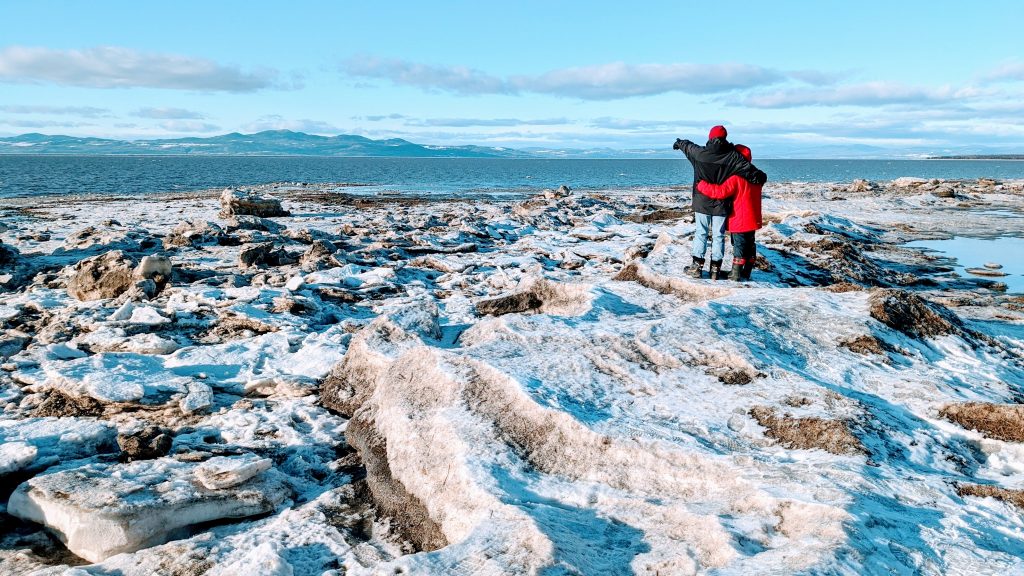
Throughout our voyage snow, ice and magical Christmas whites filled the atmosphere. Wherever we looked, it was snow and ice that had enthralled our hearts. We could not enter many of the grand buildings of the city as they were closed for winter and had to remain satisfied with cherishing their outer premises. So, we promised ourselves that we would revisit the city in summer and satiate our thirst by witnessing all its astounding attractions. Till then au revoir!
With a Ph.D. in International Relations, Madhuparna is an independent researcher based in Halifax, Canada. She is an alumna of Jadavpur University and St. John’s Diocesan Girls Higher Secondary School, Kolkata and has served as Assistant Professor of Political Science in colleges of West Bengal for over ten years. She is a passionate traveller and loves exploring new places and documenting them in her travelogues.





